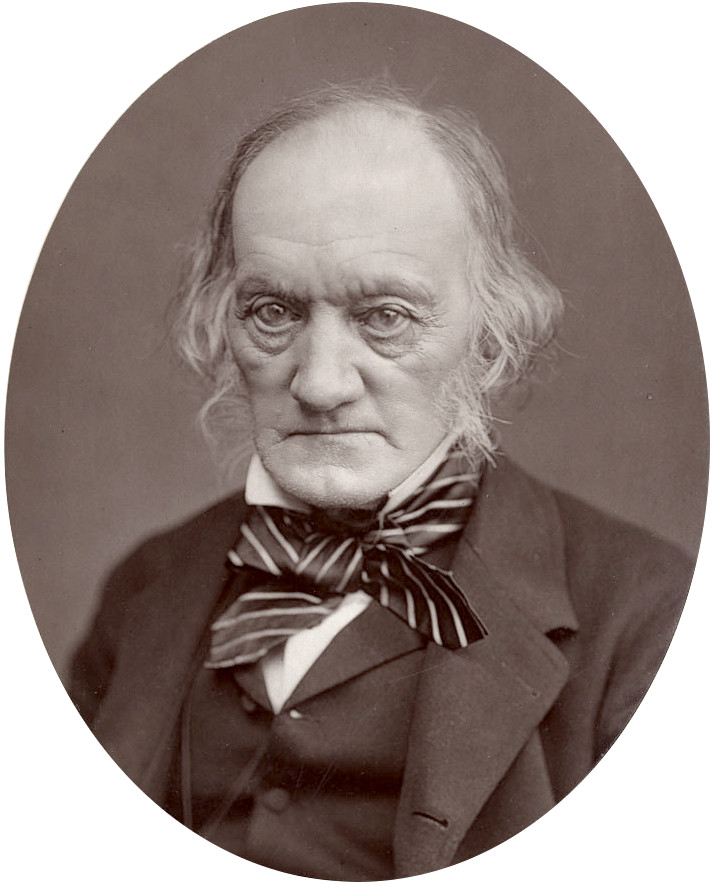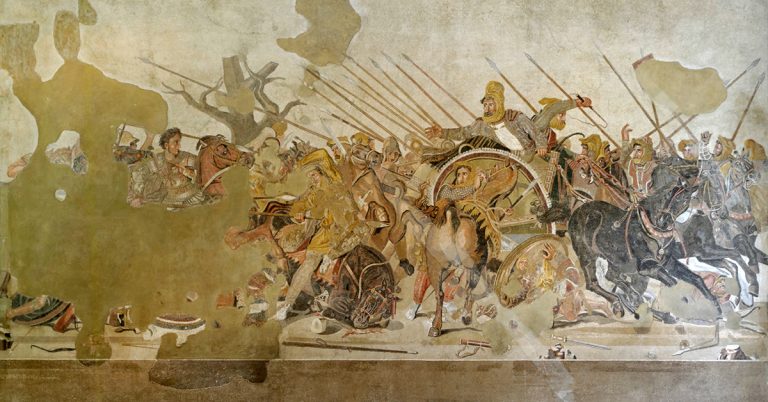

Who was Richard Owen?
Richard Owen (1804–1892) is one of the most important British biologists of the nineteenth century. He made significant contributions in the field of comparative anatomy. One aspect of his scientific output continues to be overlooked, namely his contributions to parasitology and the influence parasites had on formulating his ideas on comparative anatomy and sexual reproduction. Richard Owen is a key figure in the development of the discipline of parasitology in the United Kingdom.
What influence did he have?
Richard Owen was the first to consider parasitic worms from a natural history perspective.
Richard Owen’s specific role in the discovery of Trichina spiralis provided a great boost to the study of parasites and thus his description of this worm alongside the zoonotically important Gnathostoma spinigerum remain important milestones in understanding the causes of certain disease conditions. His use of the Entozoa as model species for discussing aspects of the development, reproduction and comparative anatomy of invertebrates further cemented their prominence in the minds of biologists during this period and provided much-needed respectability to these organisms in the field of natural history where they had previously been regarded as nothing more than distasteful and irrelevant.
Owen is considered as a pioneer of parasitology research whose popularization of the field provided a receptive environment in the UK that facilitates the ground breaking research in tropical parasitology undertaken by other researchers during the late nineteenth century. The many noted achievements of British parasitologists in the late nineteenth century owe a debt to the pioneering work of Owen which helped develop an environment that was receptive to the idea of parasites as important subjects of study.
Adapted from Neil J. Morely’s article in Archives of Natural History (Volume 44 Issue 1, Page 19-30)
N.J Morely is a Researcher at the School of Biological Sciences, Royal Holloway, University of London
> Read more from the article, which gives an overview of Owen’s writings





